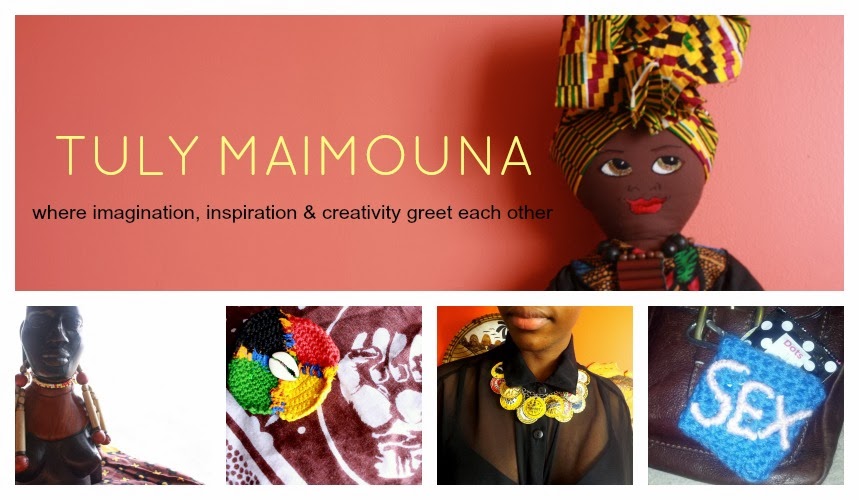 |
| Michelle (left) + Friends |
I played with dolls until I was 13 years old, with all the active imagination and thrill necessary to make their world come to life. In my imagined world, my dolls were typical city people facing the troubles of relationships, girlfriends, boyfriends, cheating, and work. I had this Groovy Girl and I named her Michelle, she had light brown skin and big curly brown hair. I loved her dearly and used to 'borrow' my next door neighbors Groovy Girls clothes so she would always be looking fly. Although she had brown skin I remember always wishing that I could have beautiful bouncy curls like hers instead of my ole brillo like hair. I always used to make her swing her brown curls with attitude, wishing I could do the same. I was jealous of her and she soon became my ideal standard of beauty and penetrated my imagination. When making Sims characters, Michelle. When I would draw pictures, Michelle. When writing stories, Michelle. When trying to represent myself, Michelle. When thinking about who was beautiful, Michelle. Rarely did I see girls or women who looked like myself in my imagination.
Michelle was one of two black dolls I owned growing up. The second, her name is Stephanie. I have had her for as long as I can remember, but I have no recollection of ever playing with her. Stephanie is a dark skinned doll with shoulder length black yarn hair that resembles locs, she has a coy and full smile, broad nose, green and brown eyes that look up and to the left, and she wore a kitenge (Kenyan dress) - which has since been lost. She never garnered any interest in my childhood imagination so she remained at the bottom of my closet, then in a cold basement, then in a storage unit. A couple of years ago I finally unearthed Stephanie with surprise from a garbage bag full of toys I had been meaning to give to my younger cousins. Despite being in my adult years I gently dusted her off, warmly gave her a hug and apologized. Suddenly Stephanie seemed so beautiful and worthy of my love. Michelle who had also been in the bag with Stephanie harbored no sentiment, despite how integral she had been in my childhood she looked unfamiliar to me like an imagined person from a distant past. I threw Michelle + her friends into my suit case and delivered them to my cousins in Kenya who received them with delight, but I couldn't ignore the feeling of guilt I had giving them dolls that they likely couldn't see themselves in.
I think there is something to say about people - particularly children, being able to see themselves in the things that they love. Whether it be TV shows, story books, games, or in my case dolls, I think having access to accurate representations of how we see ourselves is important in developing a sense of who we are. Flaws and all, I never realized how much of a privilege it was to be able to insert and see myself in my own imagination until it actually started to happen.
 |
Tumaini
[To-My-Knee] |
Tubetops, flowing skirts, bright prints, dreadlocs, pink hair and bare feet make me feel sexy
I tend to be unimpressed with many things and question everything.
My waist is narrow and my hips are wide.
My booty is big and I have black stretch marks above my hips.
Smiles,
Tuly Maimouna















